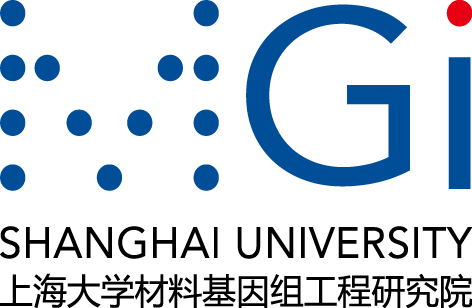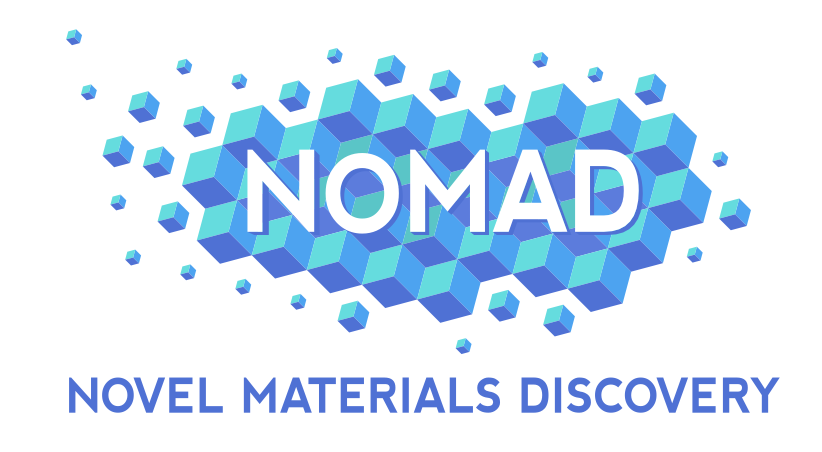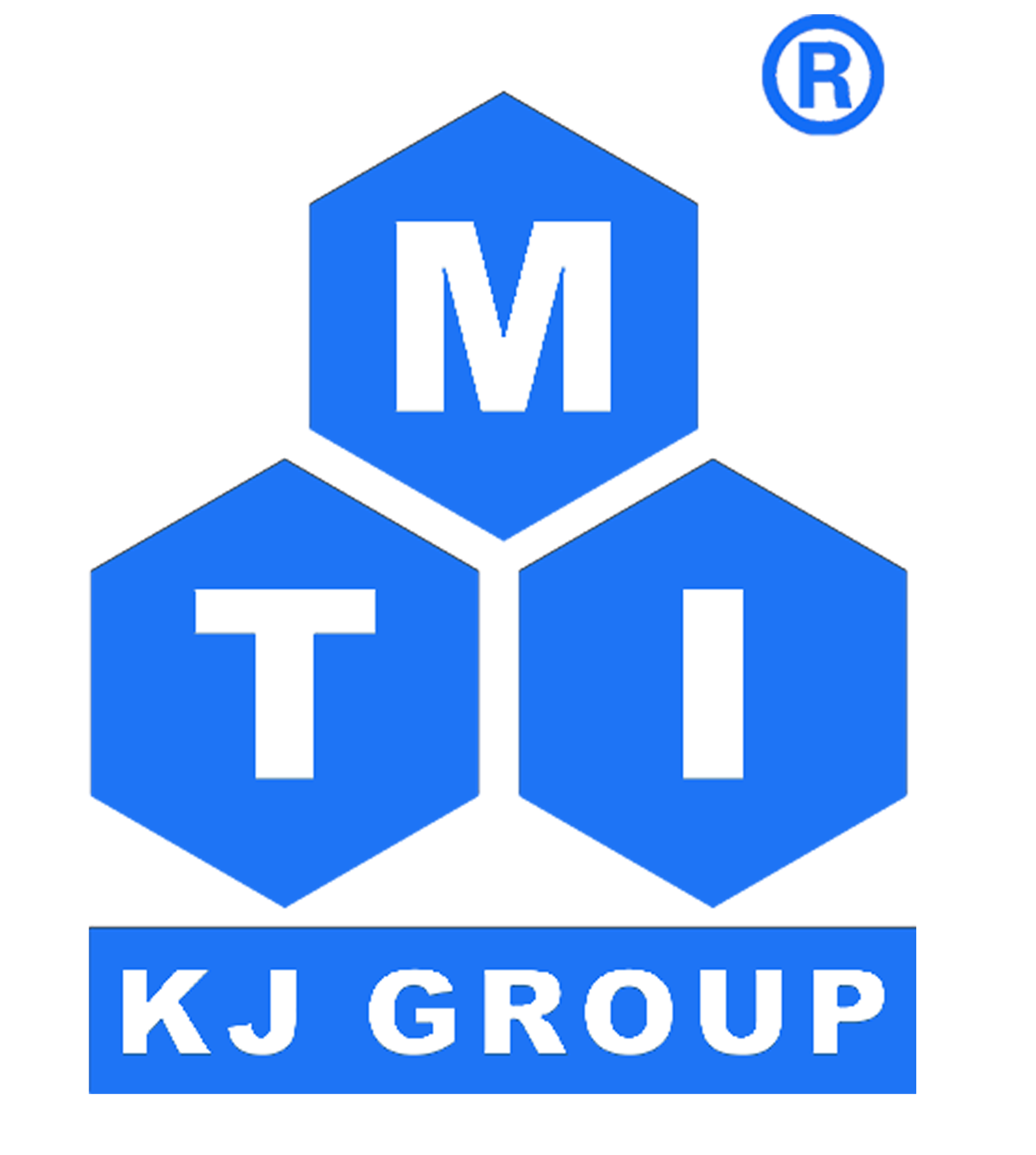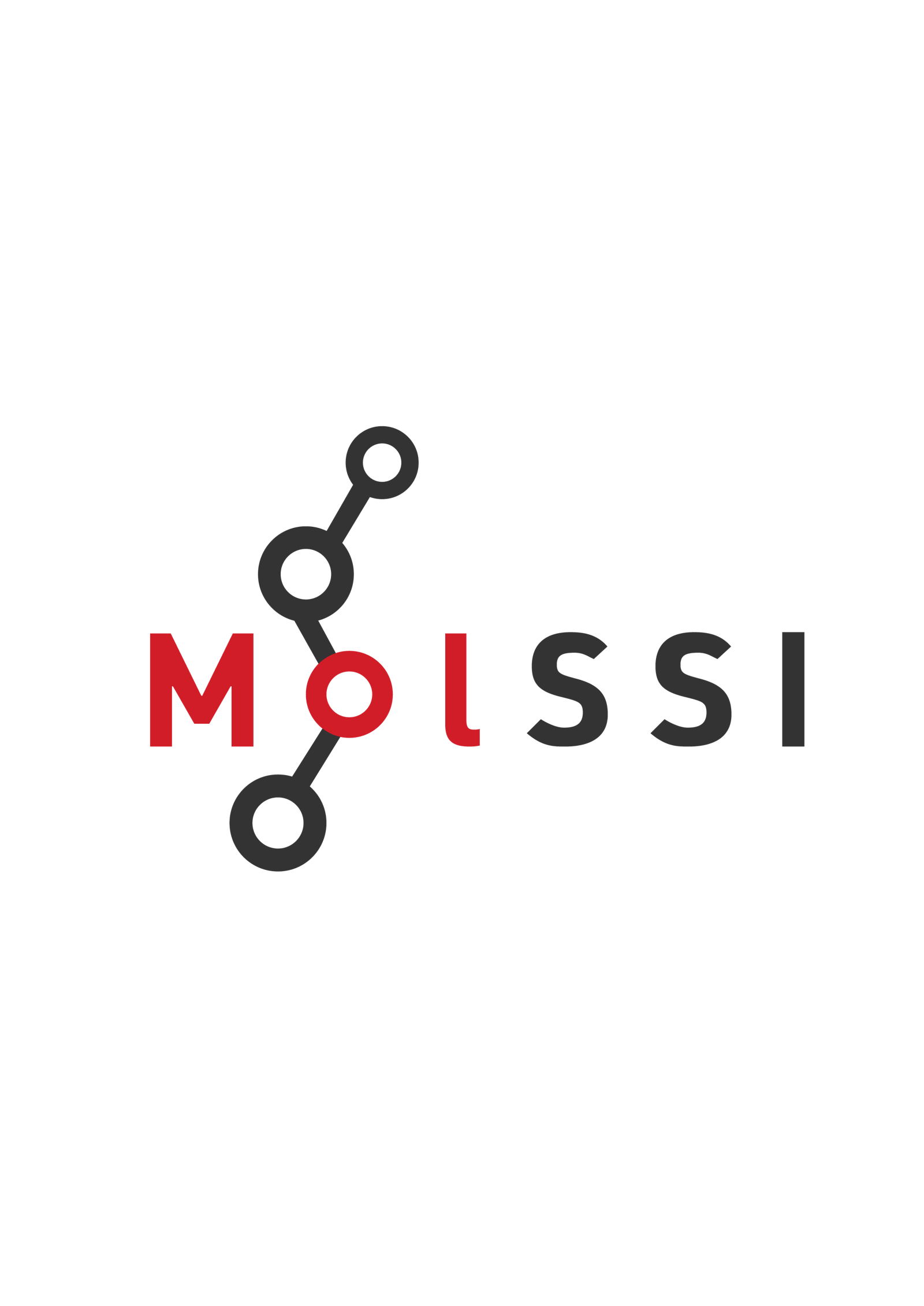Ziduo Yang1,2, Yi-Ming Zhao1, Lei Shen1*
1Department of Mechanical Engineering, National University of Singapore, 117575, Singapore
2School of Intelligent Systems Engineering, Shenzhen Campus of Sun Yat-sen University, Shenzhen, 518107, China
*Corresponding Author: shenlei@nus.edu.sg
Atomistic or molecular calculations of physical/chemical properties of molecules and crystals necessarily involves the first step of geometric structural relaxation. Recently, the discovery of numerous new materials and the design of complex material structures, such as the two million new crystals discovered by Google DeepMind1 and twisted multilayer 2D materials with large crystal structures2, have significantly challenged our computational ability to comprehensively analyze their properties. This is because the critical first step of structural relaxation remains a bottleneck due to the high computational demands and poor scalability of traditional ab initio and machine learning (ML) iterative structural relaxation algorithms.
Recognizing this challenge, we have overcome these limitations with a universal and trustworthy deep generative model (named DeepRelax3), designed for rapid, accurate, and scalable material relaxation without any iterative process. DeepRelax learns the equilibrium structural distribution, enabling it to predict relaxed structures directly from their unrelaxed counterparts. The ability to perform structural relaxation in just a few hundred milliseconds per structure, combined with the scalability of parallel processing, makes DeepRelax particularly useful for large-scale virtual screening.
To demonstrate the generalizability of DeepRelax, we benchmarked it against five different databases: X-Mn-O oxides, Materials Project, Computational 2D Materials Database, layered van der Waals crystals, and 2D structures with point defects. In these tests, DeepRelax exhibited both high accuracy and efficiency in structural relaxation, which was further validated by DFT calculations. Finally, we integrated DeepRelax with an implementation of uncertainty quantification, enhancing its reliability and trustworthiness in material discovery. This work provides an efficient and trustworthy method to significantly accelerate large-scale computations, offering substantial advancements in the field of AI for science3.
Keywords: Crystal structural relaxation, E(3)-equivariant graph neural networks, Large-scale computations, Uncertainty quantification, AI for Science
References
1. Merchant, A., et al., “Scaling deep learning for materials discovery” Nature (2023), 624, 80-85.
2. Park, J. M., et al., “Robust superconductivity in magic-angle multilayer graphene family” Nature Materials (2022), 21, 877-883.
3. Yang, Z., et al., “Machine Learning in Materials Design: Opportunities and Challenges” Nature Communications (2024) (Accepted).
Dr. Runhai Ouyang (DCTMD2024@163.com)












